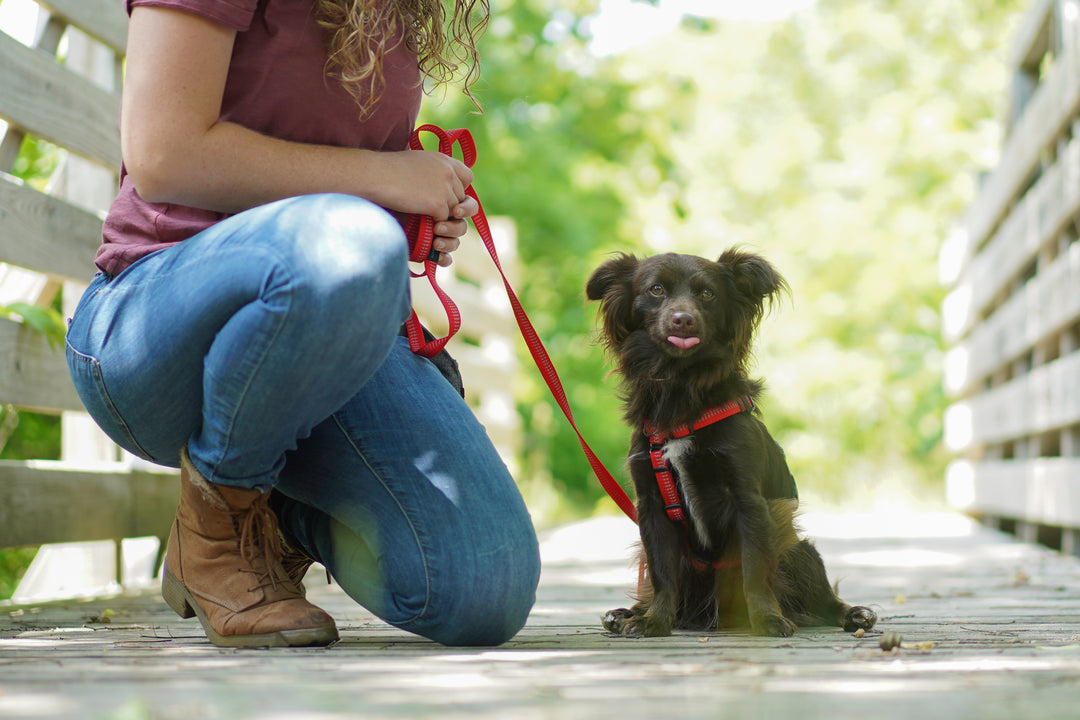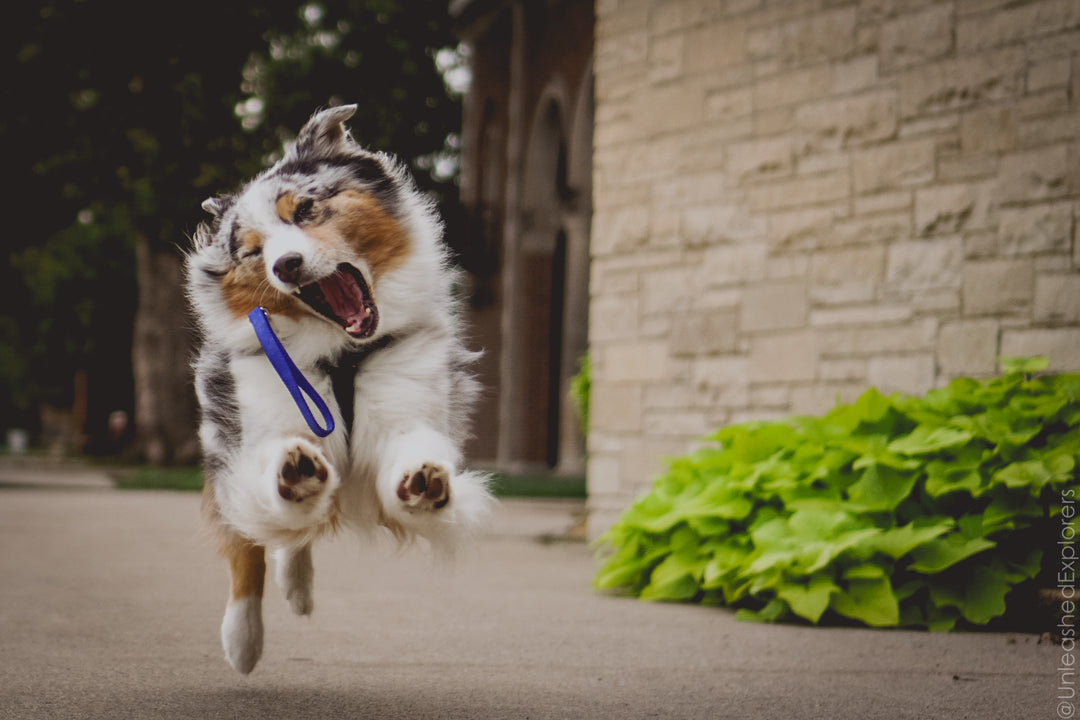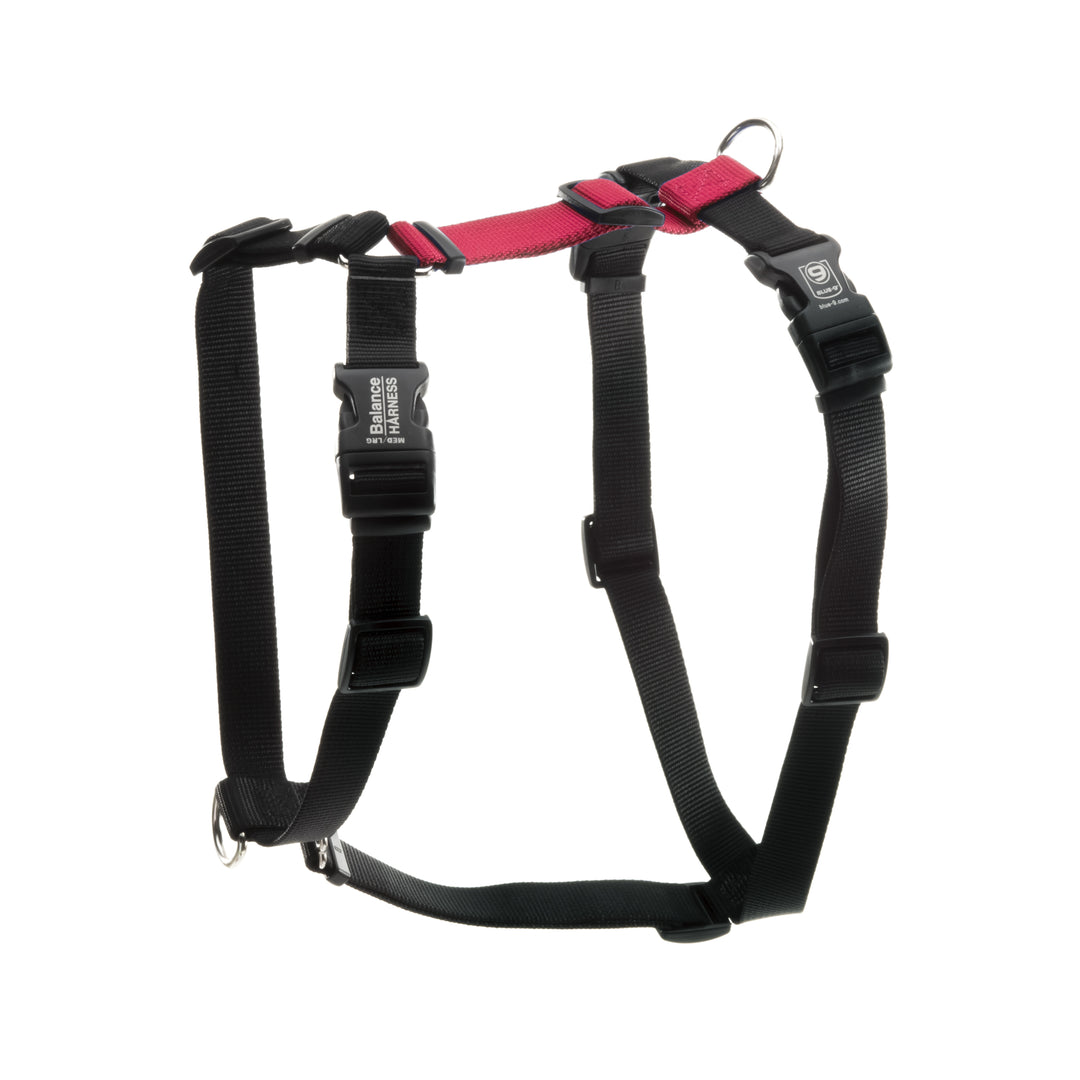Do You Know the Basics?
Every dog owner should have a grasp on a few dog training basics. While a high school level psychology class goes into much more detail, I would like to share a few dog-related examples and tips to get started!
Dogs have adapted and evolved to live in our lives over the past 14,000 years. They behave far differently than their wolf ancestors. While there was once a popular belief that we must be dominant over our dogs, or act as a pack leader, this has since been tossed aside in favor of a behavioral approach.
Dogs, and all animals for that matter, learn by the consequences of their actions. Consequences, pleasant or unpleasant, can increase or decrease the likelihood of a behavior being repeated in the future. We can use this information to our advantage.
B.F. Skinner's Operant Conditioning theory utilizes four quadrants. Positive Reinforcement, Negative Reinforcement, Positive Punishment, and Negative Punishment. In this theory positive simply means the addition of a stimulus, and negative means the removal of a stimulus. Reinforcement means that the behavior that preceded the stimuli will increase in frequency, and Punishment means that the behavior will decrease in frequency. Of course, this outline is much abbreviated, and many dog trainers spend their whole career perfecting various techniques and protocols with this foundation.
Knowing that when our dogs display inappropriate behaviors, they are not trying to be dominant or take over the household allows us to take a step back and truly analyze the sequence of events. We can look at three main components: Antecedent, which is what happens before the behavior; Behavior, what the dog does; and Consequence, what happens after the behavior that may be reinforcing or punishing it?
We can change behavior by manipulating the environment (antecedent) or the consequence.
What factors were present in the environment that contributed to the behavior? Did your dog jump on a guest when they walked in the door and squealed with excitement to see your dog? Did the smell of steak left out on the counter to thaw entice your dog to jump onto the counter to eat it? Did the visual of squirrels dancing in the front yard encourage your dog to jump all over the furniture? We can ask our guests to be calm when entering the home, put food out of our dog's reach, and draw the curtains to prevent the inappropriate behaviors from occurring.
We can also change the consequences for the dog’s behavior. When our dog jumps on a guest, we can utilize negative punishment by having the guest ignore the dog until more appropriate behavior is displayed. We can also use positive reinforcement by delivering a treat or other reinforcer when the dog has all four feet on the ground.
Teaching our dogs a strong repertoire of reinforceable behaviors will provide the tools we need to manage the dogs in our lives. While many pet owners are tempted to simply tell their dog no or punish unwanted behaviors this does nothing for teaching the dog what to do instead. Teaching replacement behaviors such as sit calmly for pets or to relax on your bed while you cook dinner will help give the dog more direction in those situations.
When examining other problem behaviors it’s important to identify what the function of the behavior is. By understanding why the dog is doing the behavior we can provide better alternatives. For example, a pet owner looking for new chew toys may be doing so because their dog is exhibiting destructive chewing habits in the home. By asking a few questions we can determine if it is because the dog is teething, bored, or anxious. Each of these scenarios dictates a different solution. For the teething dog, providing a wide range of appropriate chew toys will help soothe irritated gums. For the bored dog, treat-dispensing toys that increase mental and physical exercise will provide more long-lasting enrichment. For the anxious dog, we would suggest working with a trainer and calming aids available in store. By understanding the function of the behavior we are better able to choose products for the dogs in our care.
While this short overview aims to provide some background knowledge, pet owners should work closely with a professional dog trainer to address any behavioral concerns.




